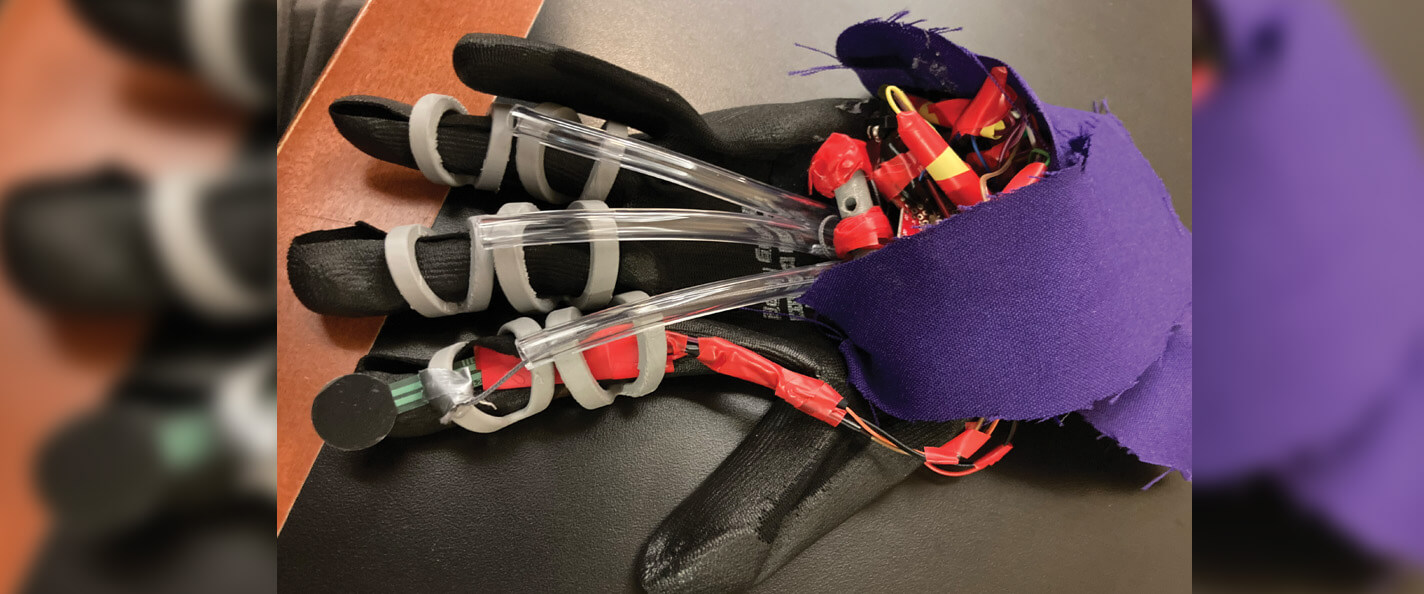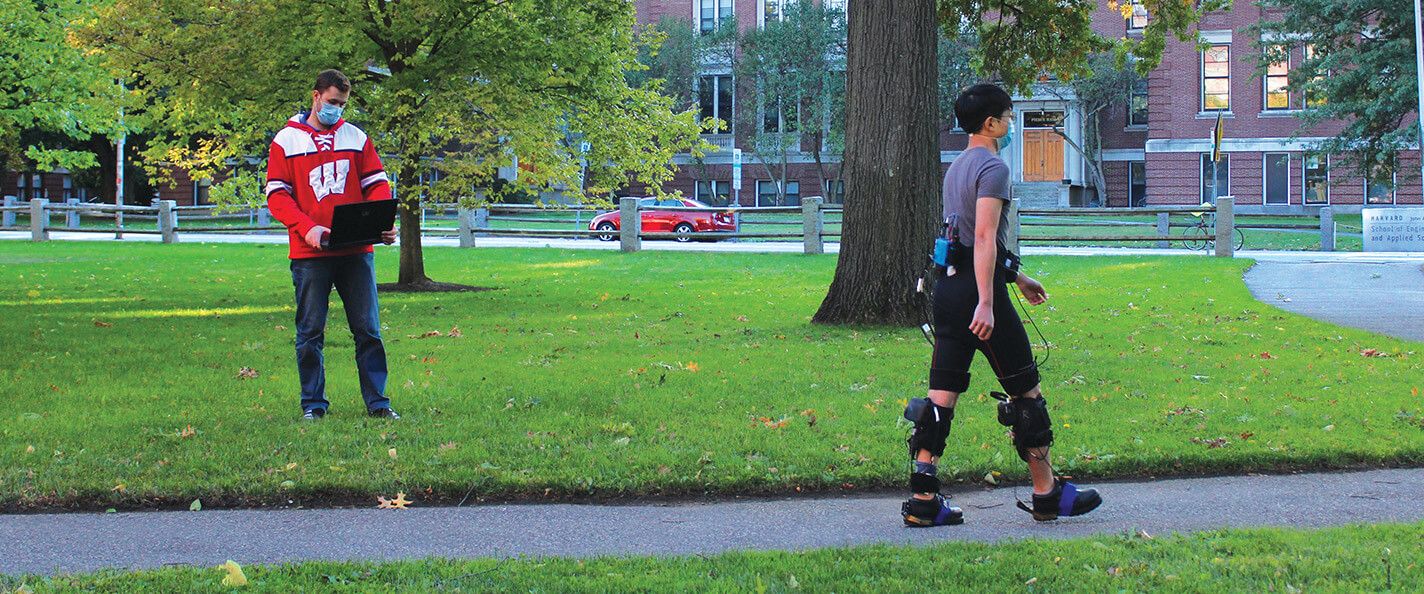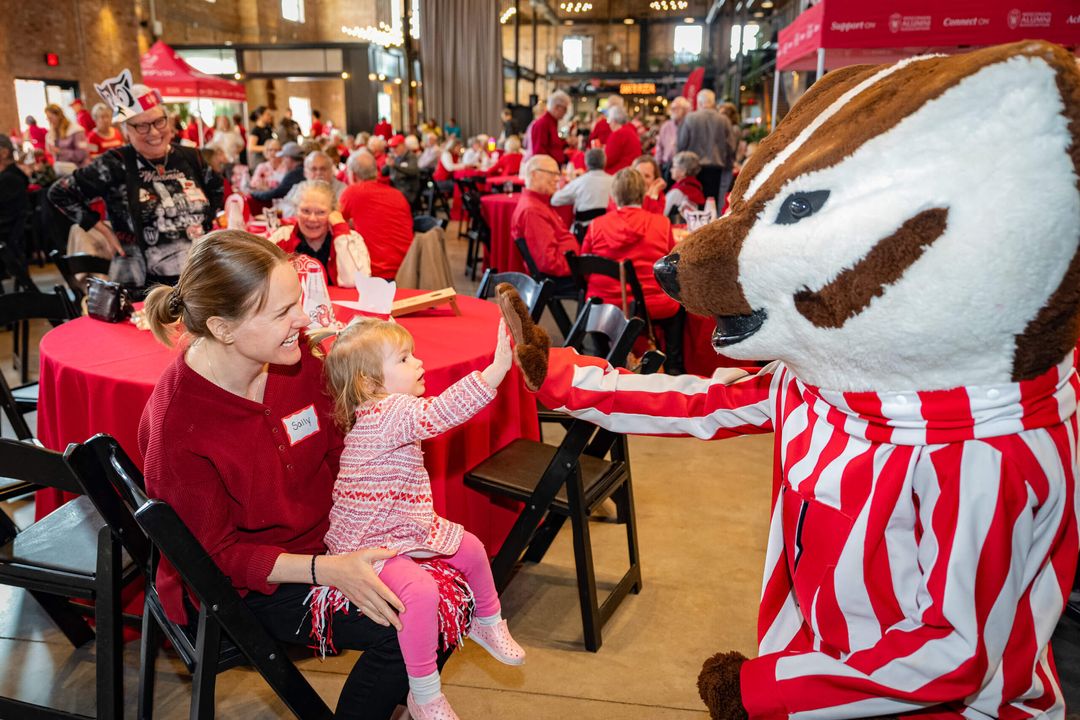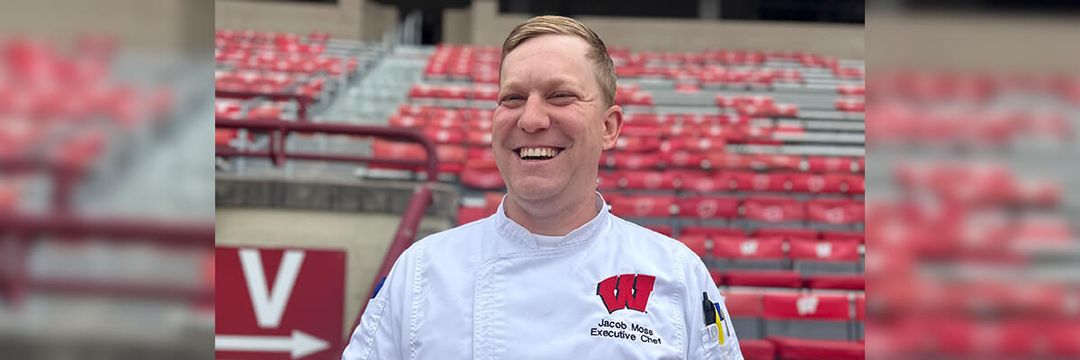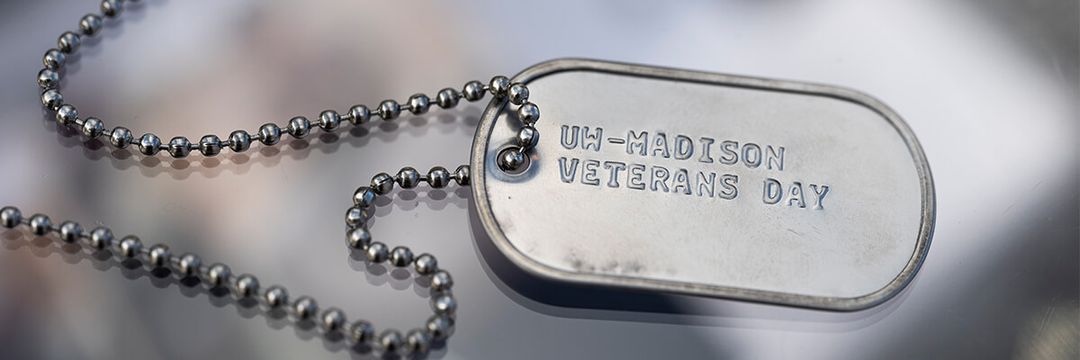The University of Wisconsin–Madison’s College of Engineering is all about solutions. Every day, researchers work to develop extraordinary technologies to address global problems — as well
as to empower people to live ordinary lives. Here’s a handful of UW engineering projects that make everyday life easier for people with injuries and disabilities.
Walk Watch
The Biomechatronics, Assistive Devices, Gait Engineering, and Rehabilitation Lab specializes in technologies like exosuits and prosthetics. But the variety in people’s gaits can trip up such mechanisms. The team recently developed a wearable foot sensor to measure exactly how a person walks, which will allow for individually tailored assistive devices and rehabilitation strategies.

Tiny Trainers
Last fall, the Grainger Engineering Design Innovation Lab in Wendt Commons hosted a makeathon, during which volunteers fabricated special mobility trainers for toddlers who are too small for conventional wheelchair designs.
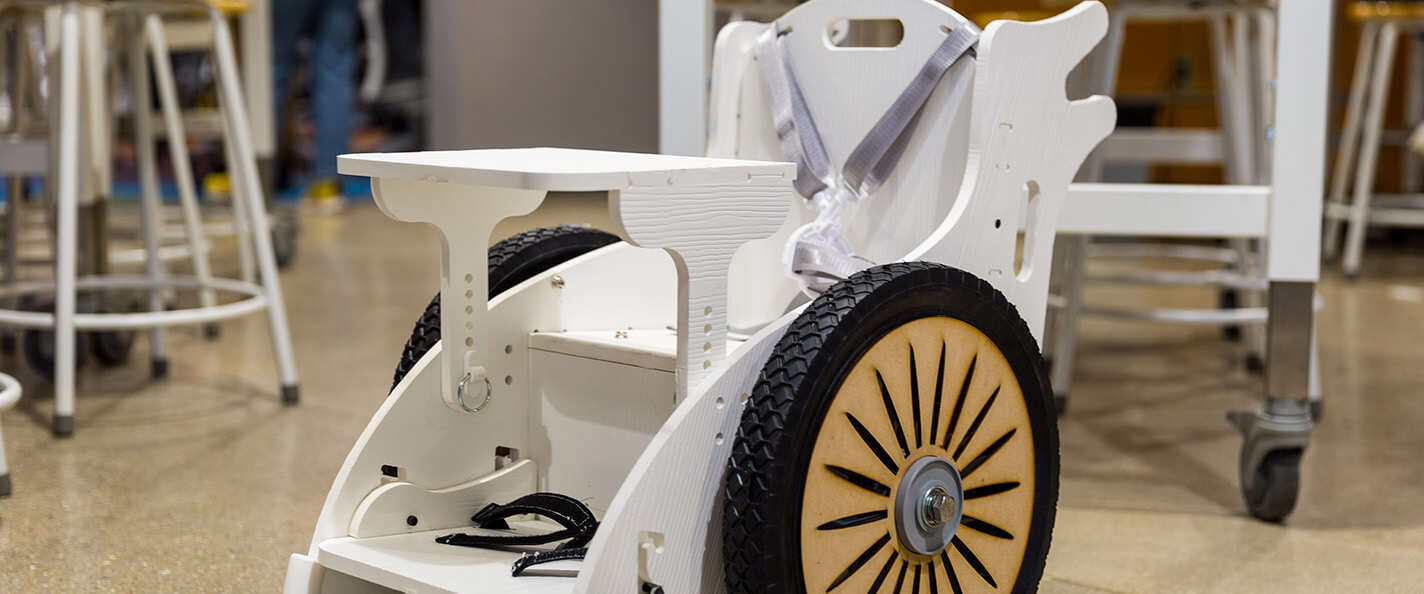
Hand-Eye Help
As part of the biomedical engineering (BME) design projects curriculum, a team of mechanical engineering students partnered with doctoral candidates in the School of Pharmacy to develop a handy-dandy eyedropper system called MyDropper so that elderly or shaky patients can administer their own medications more easily and with minimal waste.
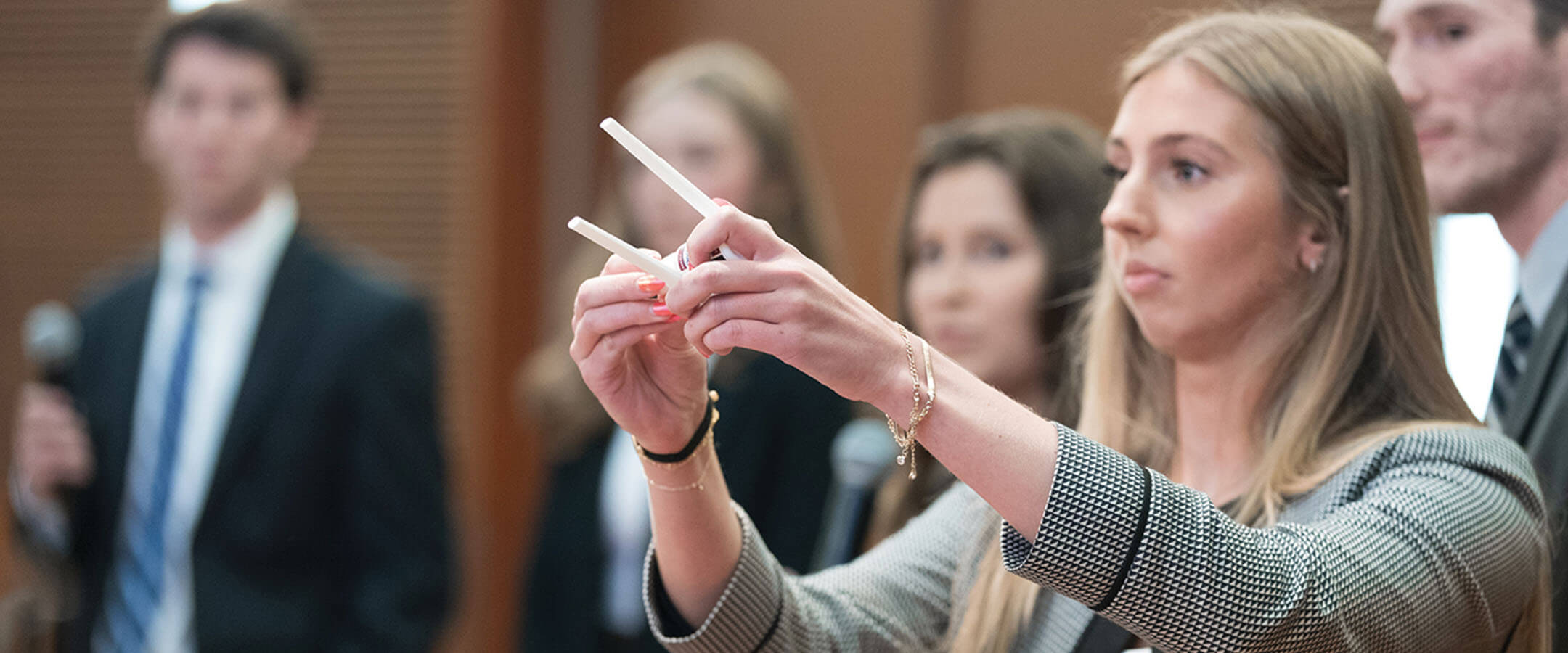
Exosuit Exploration
Exosuits — wearable machines designed for rehabilitation, mobility assistance, and injury prevention — are a fledgling technology. Mechanical and industrial engineering Badgers are working to improve such devices with special sensors and outdoor testing (above) to make them more suitable and safer for the real world.
Grip Grit
For another ongoing BME project, students are building a mechanized glove complete with biofeedback capabilities to help a stroke survivor and client in the UW’s adapted fitness program rebuild his grip strength and recover the use of his paralyzed hand.
